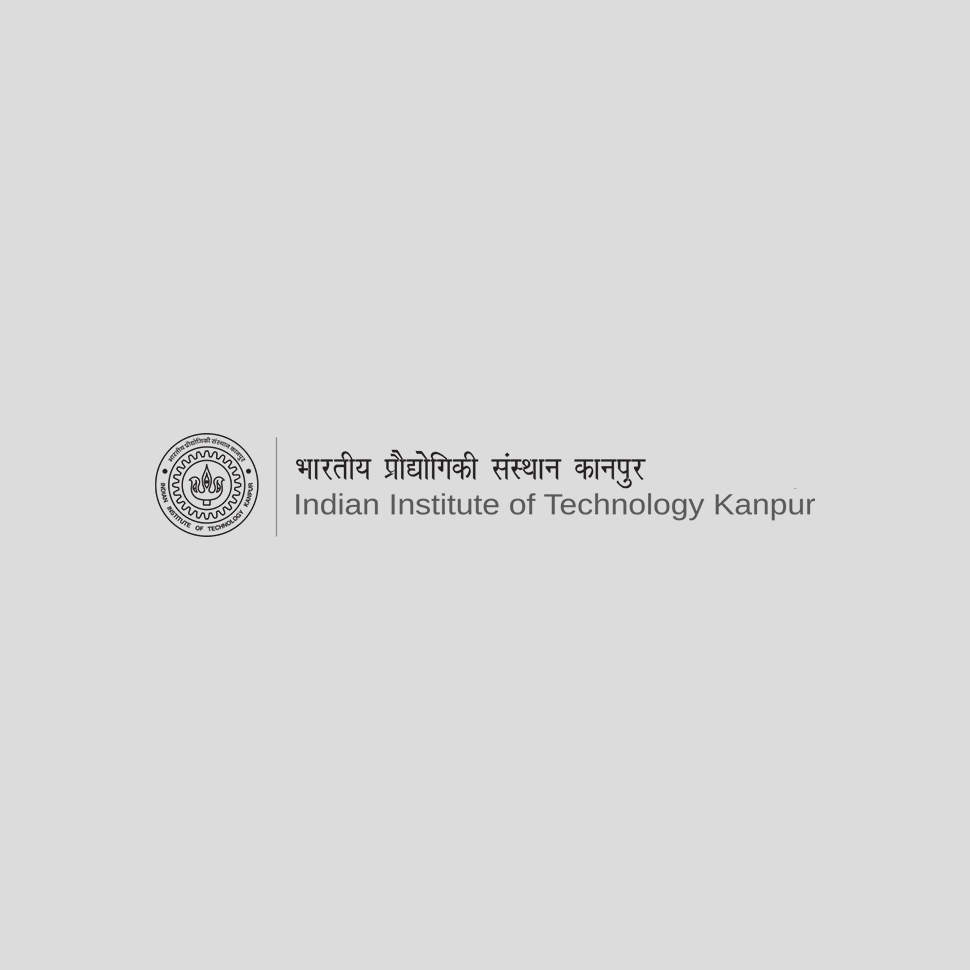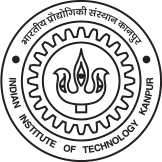
Prerequisites: CHM 402, CHM 442/342
3-0-0 (9)
Course Contents
Infrared Spectroscopy: Introduction. Identification of functional groups, hydrogen bonding etc., metal ligand vibrations. (2 Lectures)
Nuclear Magnetic Resonance Spectroscopy: Introduction. Application of 1H and 13C NMR spectroscopy including COSY, NOESY, NOE techniques in the structural determination of complex organic systems. Application in conformational analysis. Multinuclear NMR of various inorganic and organometallic compounds. (9 Lectures)
Ultraviolet Spectroscopy: Introduction. Studies of conjugated and extended conjugated systems etc. Woodward rules. Electronic spectra of transition metal complexes. (2 Lectures)
Mass Spectrometry: Basic concepts. Fragmentation and rearrangements (including McLafferty rearrangement) of different classes of organic molecules. Isotope effects etc. (3 Lectures)
Structural elucidation by joint application of UV, IR, NMR and mass spectrometry. (3 Lectures)
Electron Spin Resonance Spectroscopy: A brief review of theory. Analysis of ESR spectra of systems in liquid phase, radicals containing single set, multiple sets of protons, triplet ground states. Transitionmetal ions. Rare earth ions, ion in solid state. Double resonance stechniques: ENDOR in liquid solution, ENDOR in powers and non-oriented solids. Biological applications: Substrate free radical, flavins and metal free flavin proteins, photosynthesis, Heme proteins, Iron-sulfur proteins, spin labels. (6 Lectures)
Mossbauer Spectroscopy: Basic physical concepts, spectral line shape, isomer shift, quadrupole splitting, magnetic hyperfine interaction. Interpretation of Mossbauer parameters of 57Fe, 99Ru, 101Ru, 195Pt, 193Ir and 110Sn. Some special applications: Solid state reactions, thermal decomposition, ligand exchange, electron transfer, isomerism, surface studies and biological applications. (2 Lectures)
X-Ray Photo-Electron Spectroscopy: Physical concepts. Application to determine atomic charges, oxidation numbers, catalyst surface structures and in some cases molecular structures. (2 Lectures)
CD spectroscopy: CD of polypeptides and nucleic acids, Induced CD, magnetic circular dichroism. (2 Lectures)
Fluorescence spectroscopy: Fluorescence energy transfer and its applications to measurement of distances in molecules. (2 Lectures)
Magnetism: Introduction to Magnetism. Origin of diamagnetism. Paramagnetism: Van Vleck formula and its approximated forms, Curie law. Magnetic susceptibility, orbital quenching and spin-only moment. Magnetic exchange interactions in coordination compounds: ferrimagnetism and antiferromagnetism. Bulk magnetic properties and ferromagnetism. Molecule-based magnetic materials: organic magnets and single molecule magnets. (6 Lectures)
XII. Electrochemistry: Heterogeneous electron transfer and concept of capacitive and faradic current. Cyclic voltammogram. Instrumentation: three-electrode potentiometer and electrodes. Measurements and analyses of the voltammograms. Differential pulse voltammetry and coulometry. Application of cyclic voltammetry in inorganic and organic chemistry. (3 Lectures)
Topics
Current Course Information
Instructor(s):
Number of sections:
Tutors for each section:
Schedule for Lectures:
Schedule for Tutorial:
Schedule for Labs:
Books and References
Physical Methods in Chemistry, RS Drago, 2nd edn., Saunders, 1992.
Carbon-13 Nuclear Magnetic Resonance Spectroscopy, G. C. Levy, R. L. Lichter and G. L. Nelson, Wiley, 1980.
NMR Spectroscopy - An Introduction, H. Gunther, John Wiley, 1980.
Basic One- and Two-Dimensional NMR Spectroscopy, H. Friebolin, VCH, 1991.
Spectroscopic Methods in Organic Chemistry, D. H. Williams and I. Fleming, 4th ed., 1988.
Spectrometric Identification of Organic Compounds, R.M. Silverstein, G.C. Bassler and T.C. Morrill, John Wiley & Sons, New York, 5th Ed. 1991.
Interpretation of Mass Spectra, F. W. McLafferty, 1980.
Electron Paramagnetic Resonance, Elementary Theory and Practical Applications, Weil, John A, J. R. Bolton, and Wertz, J. E, Wiley-Interscience, New York, (1994).
Structural Methods in Inorganic Chemistry, E. A. V. Ebsworth, D. W. H. Rankin, & S. Cradock, 2nd Ed. 1991, CRC Press, Boca Raton, Florida,
Circular Dichroism: Principles and Applications, Nakanishi, K., Berova, N., Woody, R. W., Eds.; VCH Publishers, Inc.: New York, 1994.
Principles of Fluorescence Spectroscopy, J. Lackowicz, Plenum Press, (New York,
1983)Electrochemical Methods - Fundamentals and Applications, A. J. Baird and L. R. Faulkner, Wiley, 1980.



